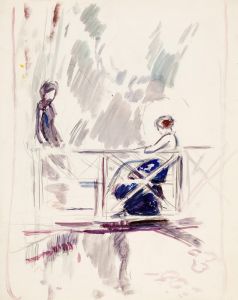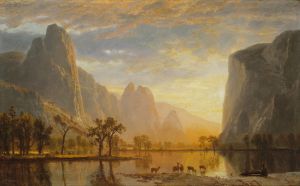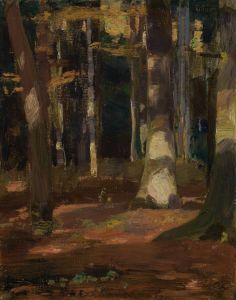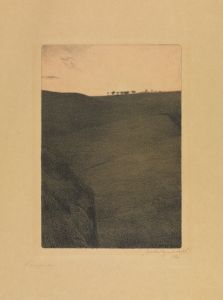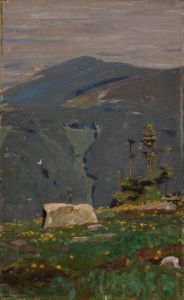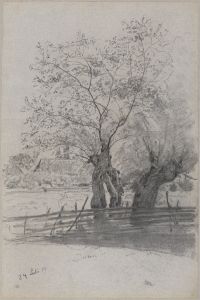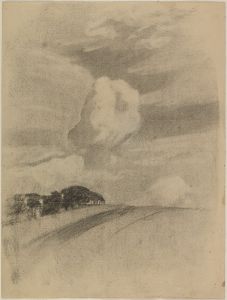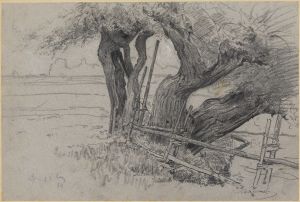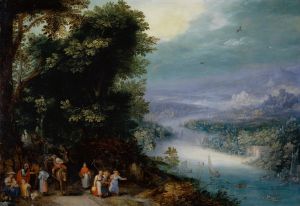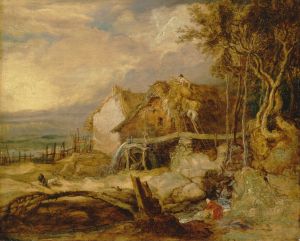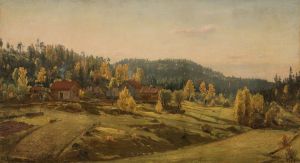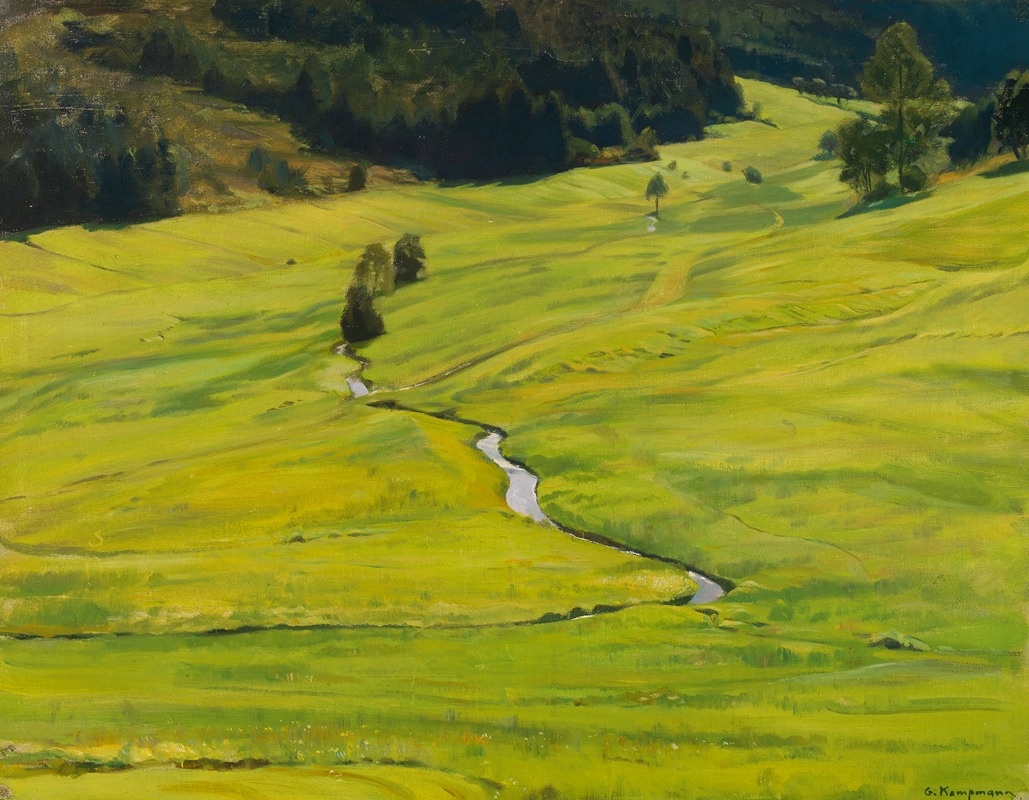
Sonniges Waldtal mit Bach
A hand-painted replica of Gustav Kampmann’s masterpiece Sonniges Waldtal mit Bach, meticulously crafted by professional artists to capture the true essence of the original. Each piece is created with museum-quality canvas and rare mineral pigments, carefully painted by experienced artists with delicate brushstrokes and rich, layered colors to perfectly recreate the texture of the original artwork. Unlike machine-printed reproductions, this hand-painted version brings the painting to life, infused with the artist’s emotions and skill in every stroke. Whether for personal collection or home decoration, it instantly elevates the artistic atmosphere of any space.
Gustav Kampmann was a German painter associated with the late 19th and early 20th centuries. He was known for his contributions to the Impressionist movement in Germany, and his works often depicted serene landscapes and natural scenes. One of his notable paintings is "Sonniges Waldtal mit Bach," which translates to "Sunny Forest Valley with Stream."
"Sonniges Waldtal mit Bach" exemplifies Kampmann's skill in capturing the interplay of light and nature, a hallmark of the Impressionist style. The painting portrays a tranquil forest scene, bathed in sunlight, with a gentle stream running through the valley. The use of light and shadow in the painting highlights Kampmann's ability to convey the atmosphere and mood of the natural environment. The sunlight filtering through the trees creates a dappled effect on the forest floor, adding depth and dimension to the scene.
Kampmann's technique in this painting reflects the influence of the Impressionist movement, which emphasized the depiction of light and its changing qualities. His brushwork is loose and fluid, capturing the essence of the landscape rather than focusing on fine details. This approach allows viewers to experience the scene as if they were standing within it, feeling the warmth of the sun and hearing the gentle flow of the stream.
The choice of subject matter in "Sonniges Waldtal mit Bach" is consistent with Kampmann's broader body of work, which often focused on idyllic natural settings. His landscapes frequently evoke a sense of peace and tranquility, inviting viewers to appreciate the beauty of the natural world. This painting, in particular, showcases Kampmann's ability to convey the serene and harmonious aspects of nature.
Gustav Kampmann was part of a larger movement of German Impressionists who sought to capture the fleeting moments of beauty in everyday life. His work, including "Sonniges Waldtal mit Bach," contributed to the development of Impressionism in Germany, a movement that was gaining momentum in Europe during the late 19th century. Kampmann's paintings were well-received during his lifetime, and he exhibited his works in various art shows and galleries.
While specific details about the provenance or current location of "Sonniges Waldtal mit Bach" may not be widely documented, Kampmann's paintings are held in various public and private collections. His work continues to be appreciated for its contribution to the Impressionist movement and its ability to capture the essence of the natural world.
In summary, "Sonniges Waldtal mit Bach" by Gustav Kampmann is a quintessential example of German Impressionism, showcasing the artist's skill in depicting light and nature. The painting remains a testament to Kampmann's artistic vision and his ability to evoke the serene beauty of the natural landscape.





